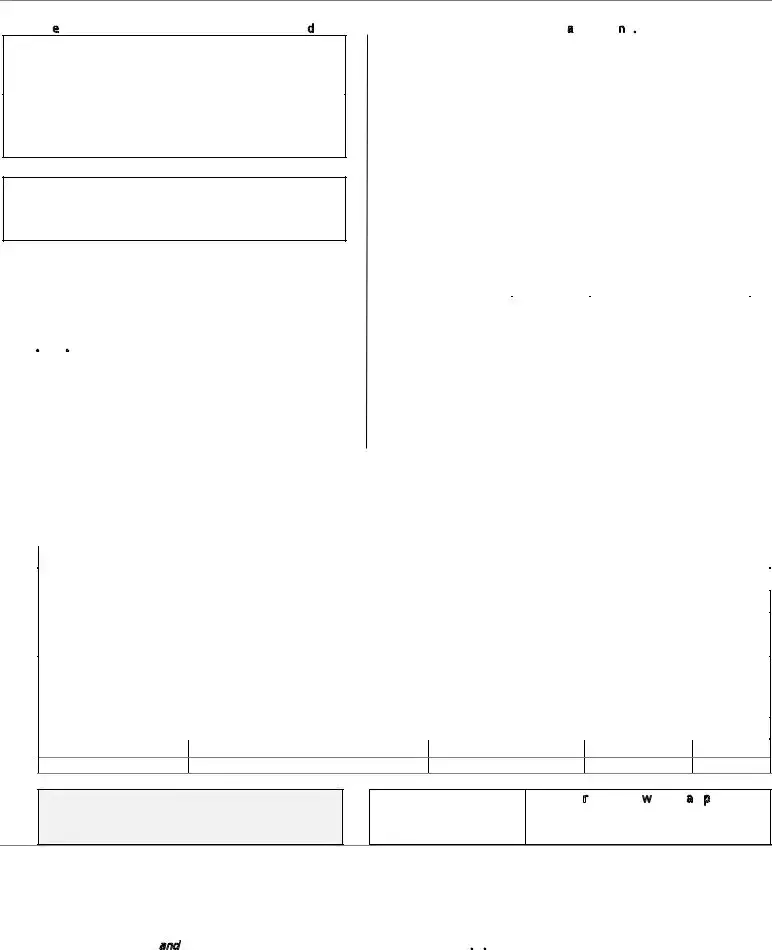The Federal Unemployment Tax Act (FUTA) Tax Return is one document that shares similarities with the Alaska Quarterly Contribution Report. Both documents require employers to report wages paid to employees and calculate contributions or taxes owed based on those wages. The FUTA Tax Return, like the Alaska form, involves determining net taxable wages after excluding certain types of compensation and applying specific tax rates to compute the employer’s federal unemployment tax liability. These forms play crucial roles in funding unemployment benefits, albeit on federal and state levels respectively.
The Form W-3, Transmittal of Wage and Tax Statements, is another document akin to the Alaska Quarterly Contribution Report. This form summarizes the information reported on individual W-2 forms for all employees of a business, including wages paid and taxes withheld. Similarly, the Alaska report aggregates employee wages and contributions for the quarter. Both forms serve the purpose of consolidating wage and tax information for governmental review and record-keeping, thereby ensuring compliance with tax and employment laws.
State-specific Quarterly Wage Reporting forms found in other states bear resemblance to the Alaska Quarterly Contribution Report as well. These forms collect data on the wages employers pay to their employees and calculate state unemployment insurance contributions due. While each state has unique requirements and tax rates, the underlying purpose of these documents is the same: to fund state unemployment benefit programs and maintain employment records. Employers must accurately report their payroll expenses and contributions within their respective jurisdictions.
The Employer’s Quarterly Federal Tax Return, IRS Form 941, is a document similar to the Alaska Quarterly Contribution Report in several aspects. Form 941 is used by employers to report income taxes, Social Security tax, or Medicare tax withheld from employees' paychecks. Additionally, it reports the employer's portion of Social Security or Medicare tax. Like the Alaska report, Form 941 is filed quarterly and is critical for compliance with federal tax obligations, underscoring the parallel in their purposes of reporting and paying employment taxes.
The Quarterly Combined Withholding, Wage Reporting, and Unemployment Insurance Return in states like New York is a comprehensive form that closely aligns with the Alaska Quarterly Contribution Report in function. It combines the reporting of wages, the computation of withheld taxes, and unemployment insurance contributions into one unified document. This integration facilitates streamlined reporting for employers, ensuring that both income tax and unemployment insurance obligations are met concurrently.
The New Hire Reporting form, required in many states, although serving a slightly different primary purpose, shares a commonality with the Alaska Quarterly Contribution Report. This form mandates that employers report newly hired or rehired employees within a certain timeframe. The information collected helps agencies detect unemployment compensation fraud and enforce child support orders. Despite focusing on new hires specifically, it complements the broader wage reporting and contributes to a comprehensive employment data collection system, similar to the Alaska form’s role in tracking employment and wage information quarterly.
